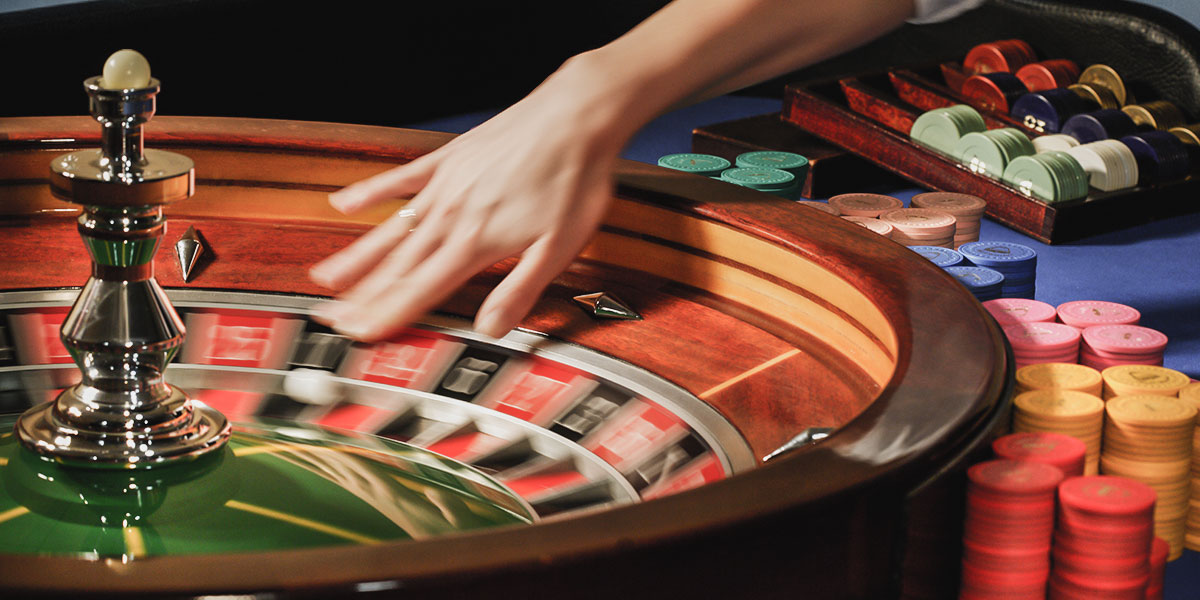Within a dynamic and thrilling world of gaming establishments, wherein fortune and tactics intertwine, hues and design play a pivotal role in drawing in players. From the moment visitors step into a casino or log into a gaming platform, they are immersed in a visual feast that grabs their attention and entices them to explore further. Bright colors, engaging graphics, and creative layouts are meticulously crafted to create an environment of thrill and anticipation, ultimately enhancing the gaming encounter.
As gamblers move through the ever-changing landscape of casino games, they come across a range of designs that not only serve visual purposes but also affect feelings and choices. Colors like red and gold symbolize wealth and luck, while calm navy and emeralds can create a much tranquil environment. Grasping how these elements work together allows casinos to create an welcoming and energizing atmosphere that encourages players to engage with the games, spend additional time at the tables, and increase their overall enjoyment.
The Study of Hue in Casino Games

Tint plays a crucial role in the creation of gaming experiences, influencing player emotions and behaviors. Lively and striking shades, such as red and gold, are often used to stimulate thrill and attract attention. These shades create a feeling urgency and dynamism, encouraging players to engage more readily with the experience. By strategically selecting colors, developers aim to inspire emotions of satisfaction and excitement, which can enhance the total player experience.
Distinct colors also have psychological meanings that can influence how gamblers perceive their chances of winning. For instance, lime is frequently associated with good fortune and abundance, making it a popular choice in activities like the roulette wheel and poker setups. This connection can lead participants to feel more hopeful and assured in their play, ultimately encouraging them to wager more. Grasping these connections allows game developers to create environments that enhance player satisfaction and retention.
In addition, the design of casino game interfaces often utilizes color gradients and opposing colors to direct players’ responses. For case, winning combinations may be highlighted with vivid, opposing hues, creating a visual incentive. This technique reinforces positive outcomes and encourages repeated gameplay. By utilizing the psychology of color, casinos can develop activities that not only captivate gamblers but also maintain them engaged and dedicated in their gaming experience.
Design Elements that Engage Gamers
The visual appeal of casino games is largely influenced by the use of vibrant colors. 6789 Lively and striking colors are strategically chosen to create an appealing atmosphere that captures interest. For example, crimson and golds often signify good fortune and wealth, which is why they are prevalent in the palettes of gaming machines and game surfaces. These colors not only attract players in, but they also stir emotions related to excitement and anticipation, enhancing the overall gaming experience.
In addition to color, the design and layout of casino games play a significant role in player attraction. Games are designed to be user-friendly, ensuring that players can quickly understand the guidelines and mechanics. User-friendly interfaces, along with engaging graphics and motion, help maintain player interest and encourage longer play sessions. The physical elements, such as the feel of the buttons and the audio of the games, also add to a comprehensive sensory experience that keeps players engaged.
Finally, conceptual elements in game design can significantly influence gaming decisions. Many casino games are inspired by popular culture, fairy tales, or adventure themes, incorporating symbols and characters that resonate with players. These themes create a sense of engagement and relatability, making each game feel distinct. When players feel a connection to the theme, they are more likely to opt for that game over others, leading to increased participation and excitement within the casino environment.
Case Studies: Successful Casino Table Game Designs
One noteworthy example of impressive casino game design is the well-known slot machine series themed around popular movies. Games such as those based on the The Wizard of Oz and Game of Thrones utilize dynamic colors and superior graphics to enthrall players in familiar narratives. The employment of moving visuals and captivating sound effects takes the interest of players, building an emotional connection to the theme. This tactic merely fosters longer play but also enhances the overall gaming experience, yielding increased player retention.
Another notable case is the application of color in table games like 21 and the wheel. Casinos often develop these games with rich reds and greens, colors traditionally associated with luck and wealth. For instance, the emerald felt on a 21 table provides a relaxing effect, while the crimson accents in the wheel invite thrill. This intentional use of color helps to establish an inviting atmosphere that stimulates players to participate, satisfying their psychological impulses and boosting their enjoyment.
Finally, online casino games that incorporate community features and bright, lively designs have seen remarkable success in engaging players. Games like Zynga Poker and Slot-O-Mania leverage striking colors and playful animations to create an inviting online environment. The addition of leaderboards, community sharing options, and in-game rewards encourages competition and community, attracting players in for longer sessions. Such designs not only make the games visually enticing but also underscore social interaction, a vital factor in player retention and engagement within digital casino environments.